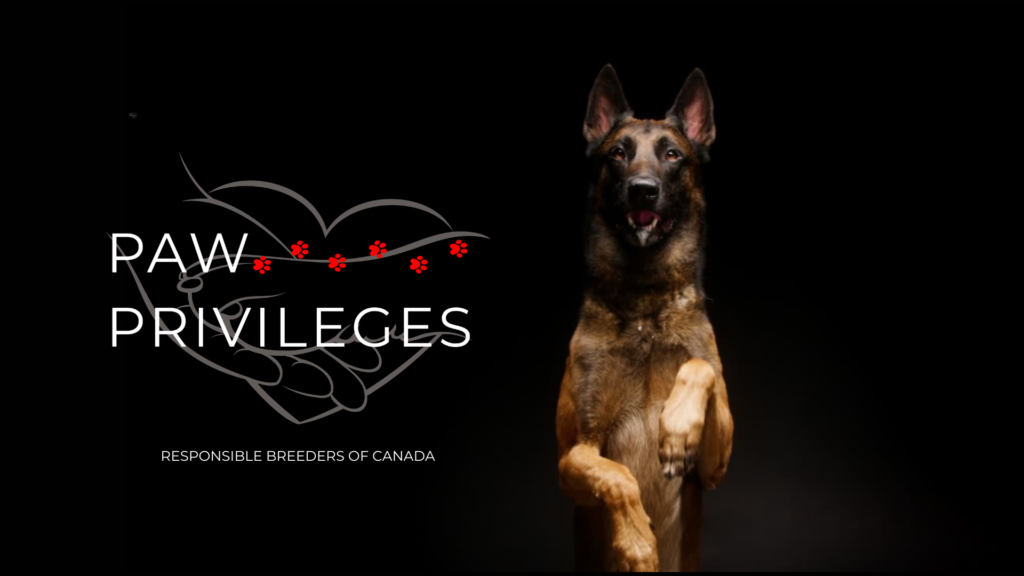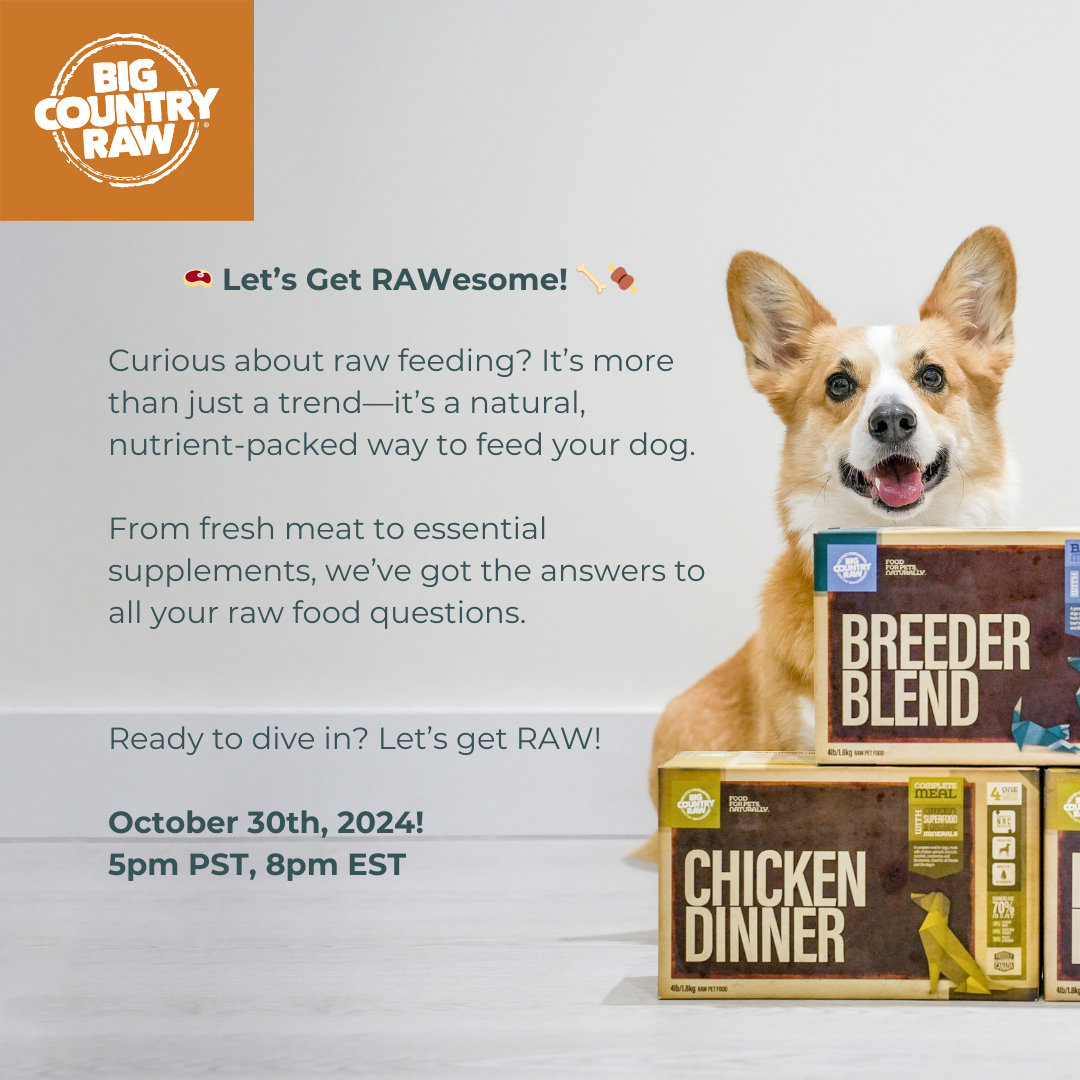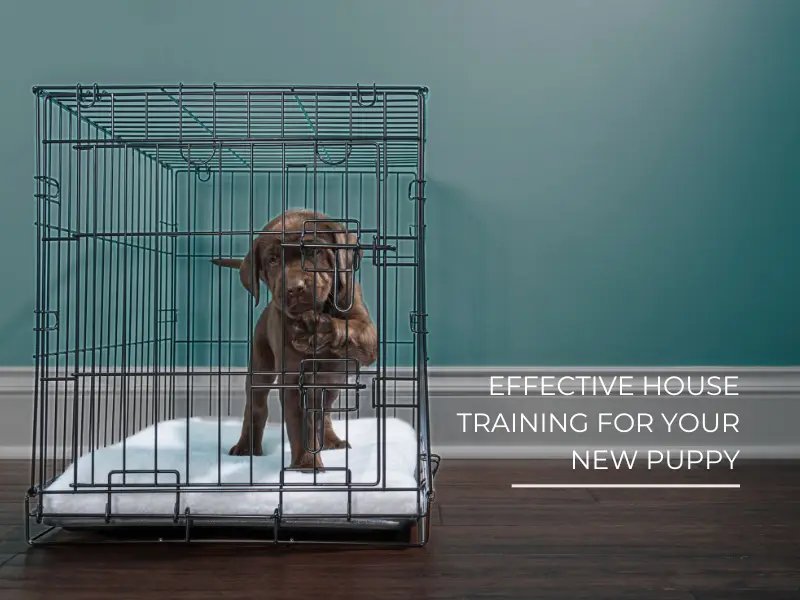Effective House Training Techniques for Your New Puppy
Effective House Training Techniques for Your New Puppy
Effective House Training Techniques for Your New Puppy. House training a puppy is one of the most crucial and challenging tasks for new pet owners. With patience, consistency, and the right techniques, you can successfully teach your puppy where and when to go potty. Here is a comprehensive guide to effective house training techniques to help you and your new furry friend.
Step-by-Step Guide to Crate Training
Crate training is an essential tool in house training. When done correctly, it provides a safe space for your puppy and aids in teaching bladder control.
- Choosing the Right Crate: The crate should be large enough for your puppy to stand, turn around, and lie down comfortably but not so large that they can use one corner as a bathroom.
- Introducing the Crate: Make the crate a positive place by placing treats, toys, and a comfortable bed inside. Encourage your puppy to enter by using a cheerful tone and praise.
- Short Periods at First: Start with short periods of time in the crate while you’re home. Gradually increase the time your puppy spends inside as they become more comfortable.
- Consistency is Key: Always use the crate for naps and nighttime sleep. This consistency helps your puppy understand that the crate is a safe, resting place.
Potty Training Strategies and Tips
Consistency, observation, and positive reinforcement are critical to successful potty training. Follow these strategies for best results:
- Establish a Routine: Take your puppy outside frequently—every two hours, and immediately after they wake up, during and after play, and after eating or drinking.
- Use a Command: Choose a specific command, like “go potty,” and use it consistently each time you take your puppy outside to do their business.
- Pick a Potty Spot: Always take your puppy to the same spot outside. Their scent will prompt them to go.
- Praise and Reward: Immediately praise and reward your puppy with treats or affection when they go potty outside. Positive reinforcement is crucial.
- Watch for Signs: Learn to recognize signs that your puppy needs to go, such as sniffing around, circling, or whining.
Handling Accidents and Setbacks with Patience
Accidents are a normal part of the house training process. Here’s how to handle them without setbacks:
- Don’t Punish: Never punish your puppy for accidents. This can create fear and anxiety, making house training more difficult.
- Clean Thoroughly: Clean accidents immediately and thoroughly with an enzymatic cleaner to remove all traces of the scent and prevent repeat accidents.
- Interrupt and Redirect: If you catch your puppy in the act, calmly interrupt them with a clap or a firm “no,” then immediately take them outside to their potty spot.
Effective House Training Techniques for Your New Puppy | Additional Tips
Provide Ample Time to Rest
Bringing a new puppy home is exciting, but it can also be overwhelming for them. Ensure your puppy has ample time to rest and recuperate from all the new experiences and stimuli.
Limit Treats on the First Day
While it’s tempting to shower your new puppy with treats, their belly may be a bit nervous on the first day. Stick to their regular food and avoid overfeeding treats to prevent an upset stomach.
Only Bathe if Absolutely Necessary
Bathing your puppy can be stressful and should only be done if absolutely necessary. An additional stressor can delay your puppy’s comfort in their new home. Use a damp cloth to clean minor messes instead.
Establish a Feeding Schedule
Regular feeding times create predictability and help establish a potty routine. Feed your puppy at the same times each day and take them outside shortly after each meal.
Conclusion
Effective House Training Techniques for Your New Puppy. House training your puppy requires time, patience, and consistency. By following these effective house training techniques, you can help your puppy learn where and when to go potty, leading to a well-trained and happy pet. Remember, every puppy is different, and some may take longer to train than others. Stay positive and supportive throughout the process, and your efforts will pay off. If you are looking for a responsible breeder, please visit responsiblebreeders.ca to find Canadian Breeders who check off all the boxes!










